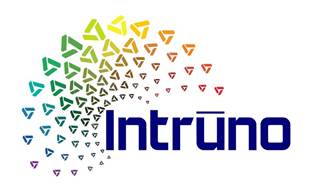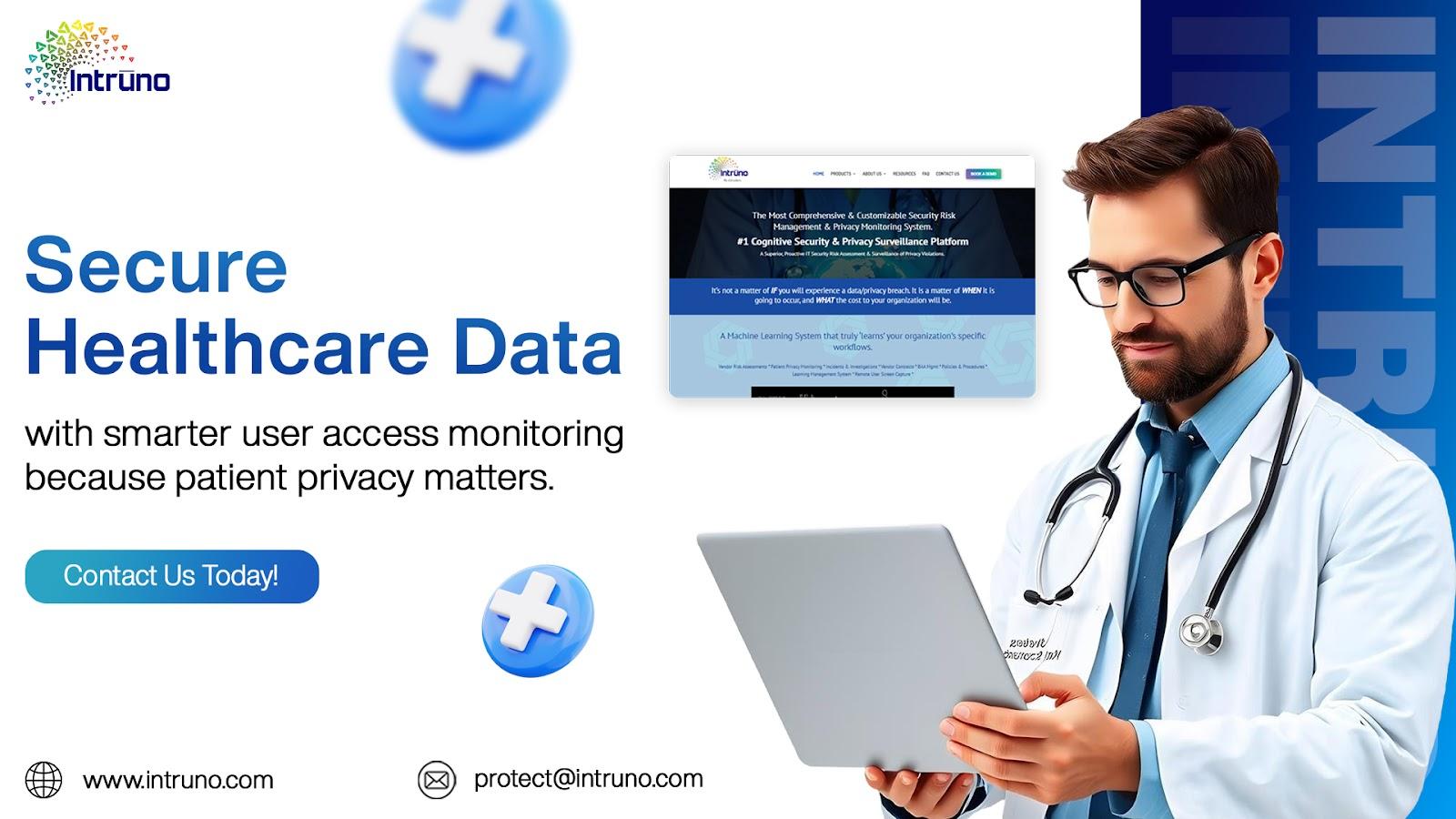In healthcare, protecting patient data and maintaining privacy is a key responsibility. Threats have risen along with increasing regulatory requirements; thus, user access monitoring has become necessary for healthcare providers. Protecting unauthorized access and maintaining vigilant oversight are important ways for organizations to protect sensitive information and uphold patient trust.
This blog discusses the simplicity of user access monitoring, why it should come first, and how it can practically be implemented.
The Simplicity of User Access Monitoring
User access monitoring is focused on access tracking and analysis of the sensitive data in an organization. It provides transparency through creating a record of all the users’ interactions; thus, it shows who accessed the data and at what specific time.
Important elements in user access monitoring include:
Access Logs: Logging user activities about sensitive information.
Behavioral Patterns: Identifying anomalous access patterns to determine possible risks.
Centralized Monitoring: Aggregating access data to maintain clarity and compliance.
Unlike systems focused on real-time alerts, access monitoring is more about detailed tracking and detection. No unauthorized access goes unnoticed in this system.
Why Healthcare Providers Must Prioritize Access Monitoring
Healthcare organizations deal with highly sensitive information, becoming the prime breach target. User access monitoring ensures minimal risks because data access is under strict oversight.
Here’s why access monitoring needs to be prioritized:
Regulatory Compliance: As per the HIPAA regulatory standard, healthcare providers must monitor and safeguard patient data effectively.
Patient Trust: Accountability in managing sensitive data increases trust and confidence.
Neglecting access monitoring leads to data leaks, legal implications, and reputational damage.
Additionally, user access monitoring supports the integration of remote patient monitoring software and patient privacy monitoring tools, further enhancing security and compliance efforts.
Neglecting access monitoring leads to data leaks, legal implications, and reputational damage.
Actionable Tips for a Successful Monitoring System
Developing a successful access monitoring system doesn’t have to be complicated. Here are some actionable steps:
Detection Tools: Use AI to detect irregular user behavior and highlight risks.
Proactive Audits: Regularly review access alerts to find patterns and potential violations.
Employee Training: Educate staff on data protection policies and the importance of access accountability.
Integration with Existing Systems: Choose monitoring solutions that align seamlessly with your healthcare infrastructure.
Further Advantages of User Access Monitoring
1. Enhanced risk and compliance analytics: Access monitoring is a form of actionable insight that analyzes patterns in user behavior, thus reducing risks and compliance standards.
2. Better patient privacy monitoring: By knowing how and when patient data is accessed, healthcare providers can address patient privacy concerns better and enhance patient confidence.
3.Improved Productivity: Automated user access tracking and seamless integration with patient privacy monitoring software ensures efficient process flows and completely eliminates manual workload of IT and compliance teams.
4. Cost Avoidance: Prudent breach avoidance saves organizations from high financial costs such as fines, legal battles, and loss of reputation.
6. Streamlined Integration: Advanced solutions are now integrated seamlessly into healthcare GRC software, maintaining a unified yet efficient approach to managing sensitive information.
Conclusion
User access monitoring is a cornerstone of protecting healthcare data and patient privacy. Healthcare providers can meet regulatory requirements and maintain trust in their systems by focusing on comprehensive detection and detailed oversight.

